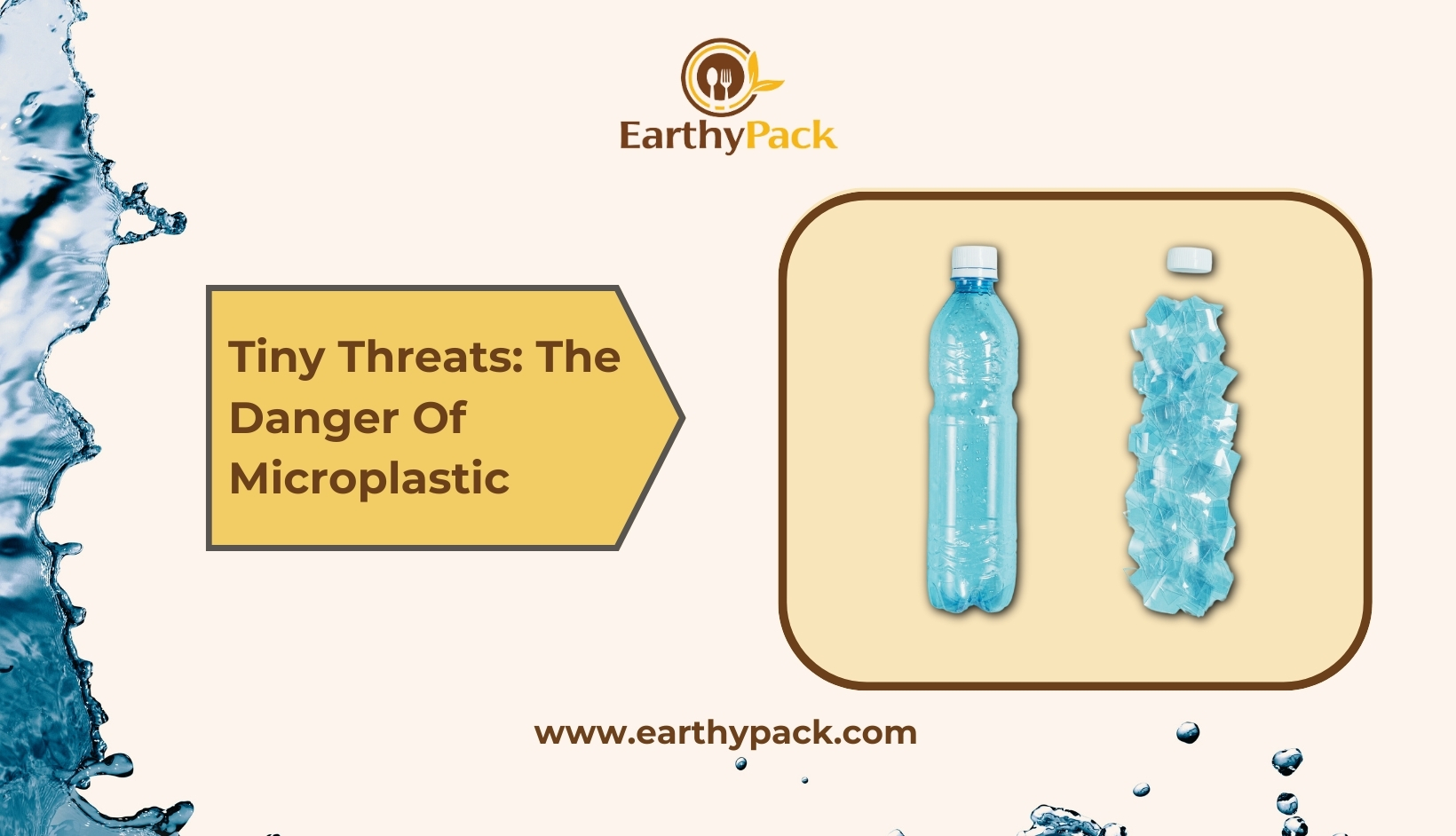Plastic is everywhere these days. From shopping bags to table cutlery, it has become an undeniable part of our lives.
But what happens to all this plastic when we throw it away? A hidden danger lurks- Microplastics.
- Introduction
In our daily lives, we encounter numerous threats, some visible and some hidden. Among these hidden damages are microplastics, tiny pieces of plastic debris that pose a significant threat to our environment and health.
Let’s delve into the world of microplastics, exploring what they are, how they affect us, and what we can do to mitigate their harmful effects.
- What is Microplastic?
Microplastics are extremely small pieces of plastic which can come from a variety of sources, including the breakdown of larger plastic items, microbeads in personal care products, and synthetic fibres from clothing. These tiny particles are virtually everywhere, from the depths of the ocean to the air we breathe.
- The Invisible Threat: How microplastics impact our environment?
Despite their small size, microplastics pose a significant threat to the environment. When they enter water bodies, they can be mistaken for food by marine animals, leading to ingestion and potential harm. They are found in soil, where they can disrupt ecosystems and harm plant life.
- Beyond the Environment: The health risks of Microplastics
The impact of microplastics extends beyond the environment, affecting human health as well. Studies have shown that microplastics can accumulate in the human body after ingestion, potentially causing inflammation, oxidative stress, and even cellular damage. The chemicals used in the production of plastics, such as BPA and phthalates, can leach out and pose additional health risks.
- From Sea to Plate: Microplastics in our Food Chain
One of the most concerning aspects of microplastic pollution is its presence in the food chain. Marine organisms that ingest microplastics can be consumed by larger predators, ultimately ending up on our dinner plates. Recent research has found microplastics in a variety of seafood, including fish, shellfish, and even salt.
- Addressing the issue: A Call To Action
- Choose eco-friendly products: We can opt more for biodegradable tableware made of sugarcane bagasse or areca palm leaves.
- Regulations and bans: Government plays a vital role in regulating the use of microplastics. By implementing bans on the production and sale of products containing microplastics, authorities can effectively reduce the use in the environment.
- Sustainable packaging solutions: Support sustainable packaging solutions, such as biodegradable containers and materials that help minimize the use of microplastic in packaging.
- Reduce plastic usage: Reduce the use of single-use plastic, such as cutlery, bags, etc. to decrease the amount of plastic waste entering the environment.
Conclusion
While it’s challenging to determine precisely how much microplastic each of us consumes, the universal presence of these tiny particles in our food and water sources is undeniable. By making conscious choices to reduce plastic usage and support initiatives aimed at protecting our environment, we can safeguard our health and the health of our planet for generations to come.
Stay informed and take action to make a significant difference in tackling this growing threat.
FAQ’s
Q. How much microplastic do we consume?
Ans. Research suggests that the average person may consume thousands of microplastic particles each year through food, water, and even the air.
Q. Is microplastic harmful?
Ans. Yes, microplastics are harmful to both the environment and human health.
Q. How to reduce microplastic consumption?
Ans. To reduce microplastic consumption, individuals can opt for products that are microplastic-free such as biodegradable products.
Q. How much microplastic is in the ocean?
Ans. Estimates suggest there are millions of tons dispersed throughout marine environments worldwide.
Q. What is the size of microplastic?
Ans. Microplastics are typically less than 5mm in size.

